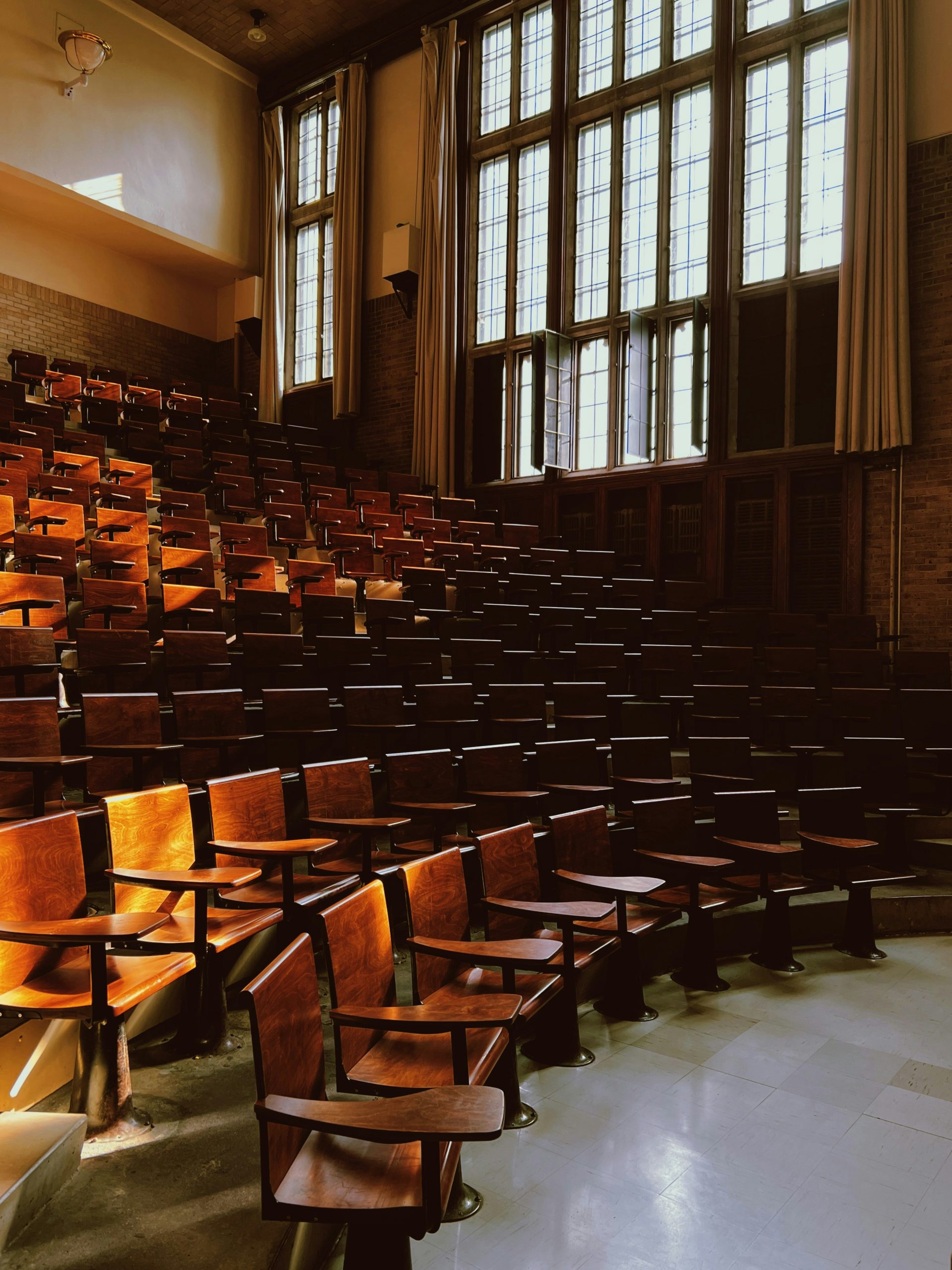Quench Travel Editor Helena Lins writes about the wonders of Lisbon in our new feature ‘Passport’.

Capital of Portugal since the 13th century Lisbon, now a cosmopolitan metropolis, has a splendorous combination of history and modernity which provides this city with a unique and indescribable charm.
The downtown Baixa-Chiado is a must see since it is where most of the city’s history and charm resides. One can visit the S├úo Jorge Castle, located on the top of one of the seven Lisbon hills, have a walk inside its walls and see Lisbon through a periscope. There are also several imposing theatres such as Teatro D. Maria I and Teatro de S├úo Carlos; Catholic churches such as Igreja de S├úo Roque; numerous viewpoints across Lisbon’s hills with their traditional quiosques; and singular lifts such as Gl├│ria’s lift that provides an incredible overall view of the city.
The coffee shops and their traditional pastry are also part of Portuguese History.  A Brasileira is a 107-old coffee shop where intellectuals such as Fernando Pessoa used to drink and debate politics. Nowadays, it is a symbol of the old Lisbon but it also serves the most delicious chocolate croissants.
Lisbon’s many traditional restaurants are an example of rich Portuguese gastronomy with dishes such as Bacalhau com Natas (codfish with potatoes and cream) or Cozido ├á Portuguesa (blood sausage, spare rib, pig’s foot, chicken beef with vegtables).
In Bel├®m one can find the majestic Padr├úo dos Descobrimentos with a balcony on its top that provides a splendid view of Lisbon and Tagus River; and Torre de Bel├®m, the tower that was built to protect the city strand. With its rich Manueline architectural style, Jer├│nimos Monestry is the main protagonist of this suburb. It is considered a World Heritage by UNESCO and one of the Seven Wonders of Portugal. On Sunday some monuments have free entrance so it is worth taking a look when planning the visits. A walk on the riverside and in the beautiful gardens is inevitable as well as tasting one of the most iconic Portuguese sweets, Pastel de Bel├®m. Its recipe has remained a secret throughout history so the only place where they are sold is in the coffee shop Past├®is de Bel├®m.
The neighborhood Parque das Na├º├Áes that hosted Expo’98 is also a good place for a walk, especially on the Tagus riverside. Nowadays its greatest attraction is the Ocean├írio: an aquarium with more than 500 different species where we feel submerged by the Ocean.
At night, the city life moves to the neighbourhood Bairro Alto. With its many diverse bars it attracts people of all ages, from all over the world. From its streets one can easily reach Santos, a riverside neighbourhood known for its clubs. But before that, nothing is better than having dinner in one of the friendly restaurants, drinking one of the many respected Portuguese wines.
Helena Lins 


